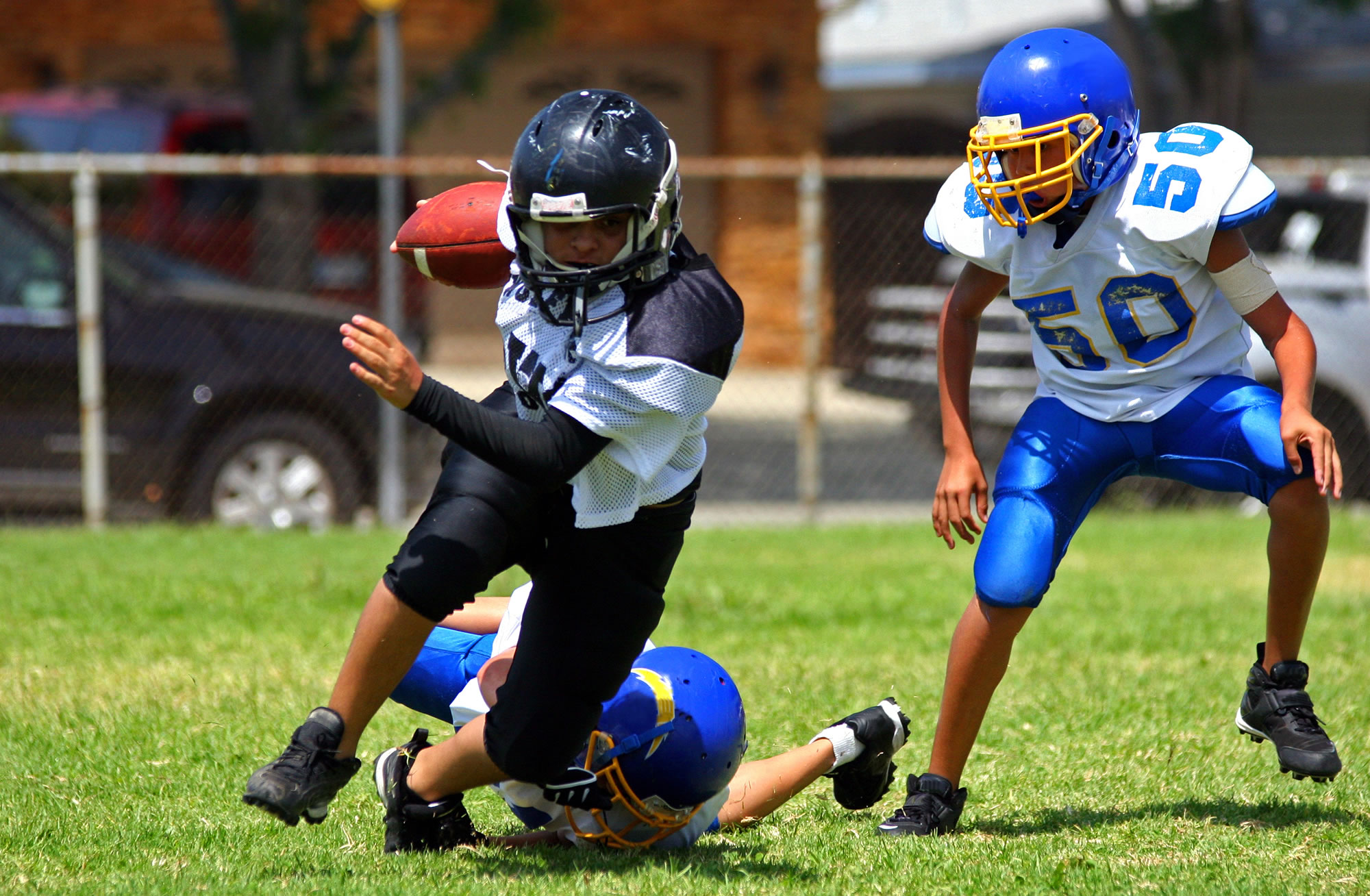The issues surrounding head trauma in sports is an increasingly hot topic these days.
We recently posted an article on new research suggesting that even mild brain injuries can lead to complications such as dementia and Alzheimer’s disease later in life.
A few weeks later, Mike Slater commented on the legal action being taken by former professional football players who are suing the NFL for concealing concussion risks.
And now I’d like to comment on more related news – this time involving kids, teenagers, and young adults.
The New York Times published an article last week about Derek Sheely, a college athlete who died from head trauma sustained while on the football field. Despite expert care from the University of Maryland’s Shock Trauma Center, Derek was not able to overcome his injuries. His father confirms that Derek was “incredibly healthy” and “a fighter,” but could not overcome the swelling in his brain sustained during a team practice.
The article goes on to report that 2 to 5 five high school football players die in the U.S. each Fall as a direct result of on-field brain injuries. Teenagers are more susceptible to having multiple hits to the head resulting in brain bleeds and swelling, a condition known as second impact syndrome. This is largely due to the fact that the brain tissue of a teenager has not yet fully developed.
With tragedies like Derek’s, it’s become more apparent than ever that the issue of head trauma must be aggressively addressed to protect athletes of all ages.
That said, it’s refreshing to note a recent article reported by CBC News, Helmet sensors to monitor hockey concussions.
According to the article, University of Alberta researchers are hoping a small sensor placed on the helmets of 12- and 13-year-old hockey players will shed some much-needed light on the situation. The sensors will determine whether or not a player has suffered a concussion by recording the force, duration, direction and time of any hit to the head.
Researchers will monitor 40 young players in Edmonton. Over time, they will understand the relationship between impact and concussion. The hope is that this new information will give coaches a better sense of proper player care – an important consideration in a sport where it’s common for players to play through their injuries at any age or level of competition.







